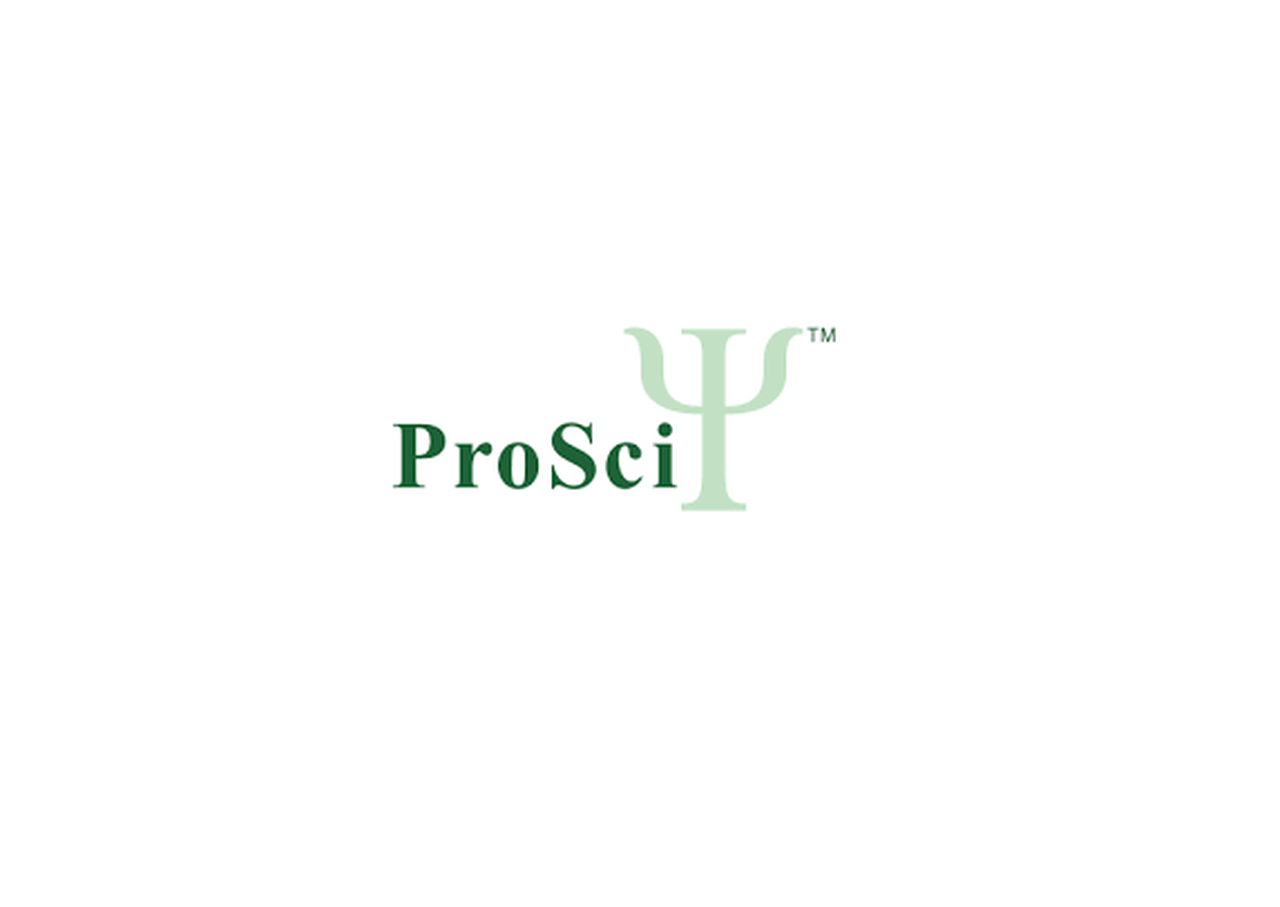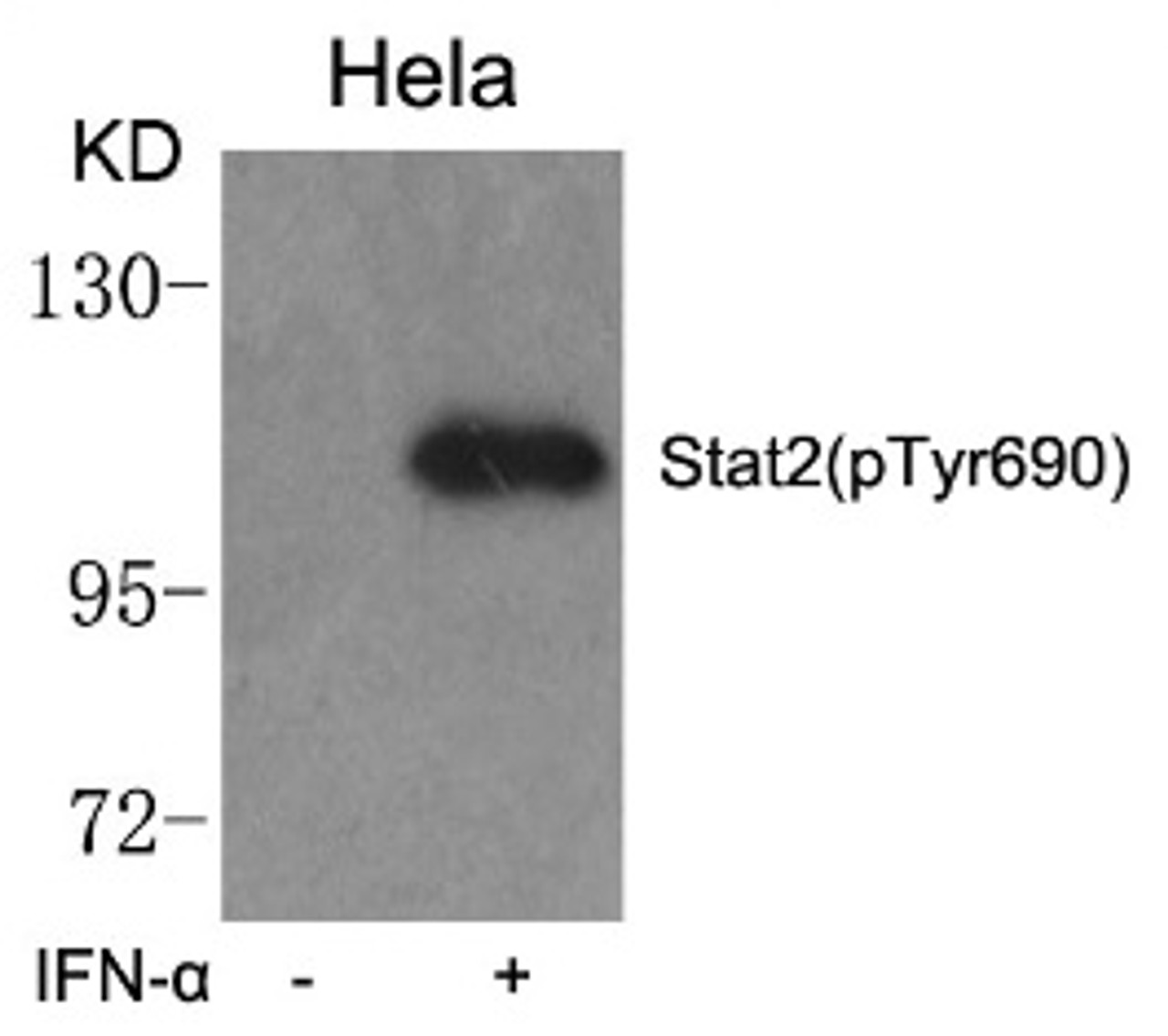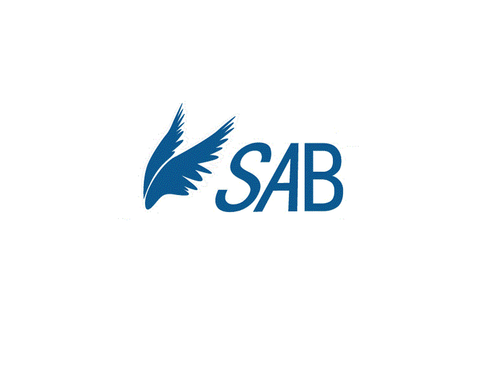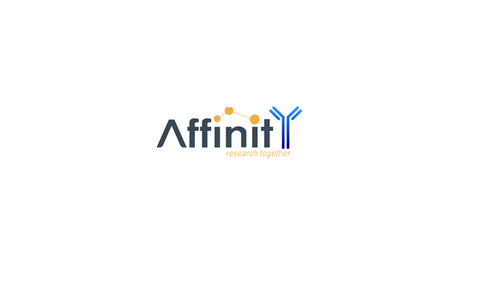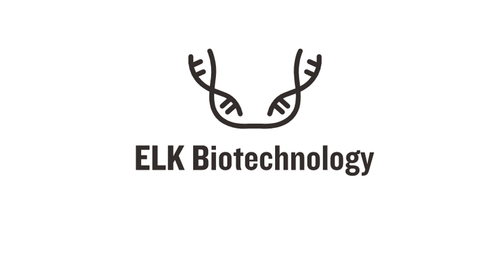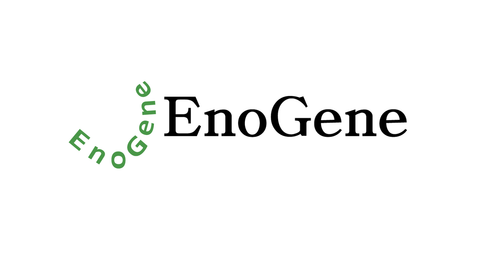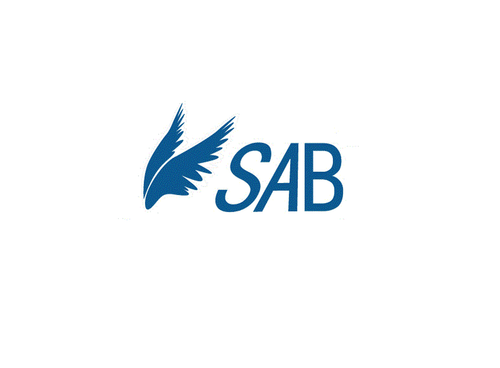Product Description
Stat2 (phospho Tyr690) Antibody | 79-508 | ProSci
Host: Rabbit
Reactivity: Human
Homology: N/A
Immunogen: Stat2 (phospho-Tyr690) antibody was raised against a peptide sequence around phosphorylation site of tyrosine 690 (R-K-Y (p) -L-K) derived from Human Stat2.
Research Area: Phospho-Specific
Tested Application: WB
Application: Western Blot: 1:1000
Specificiy: This antibody detects endogenous level of Stat2 only when phosphorylated at Tyrosine 690.
Positive Control 1: N/A
Positive Control 2: N/A
Positive Control 3: N/A
Positive Control 4: N/A
Positive Control 5: N/A
Positive Control 6: N/A
Molecular Weight: 113 kDa
Validation: N/A
Isoform: N/A
Purification: Antibodies were purified by affinity-chromatography using epitope-specific phosphopeptide. Non-phospho specific antibodies were removed by chromatogramphy using non-phosphopeptide.
Clonality: Polyclonal
Clone: N/A
Isotype: N/A
Conjugate: Unconjugated
Physical State: Liquid
Buffer: Antibody supplied in phosphate buffered saline (without Mg2+ and Ca2+) , pH 7.4, 150mM NaCl, 0.02% sodium azide and 50% glycerol.
Concentration: 1 mg/mL
Storage Condition: Store antibody at -20˚C for up to one year.
Alternate Name: P113, ISGF-3, STAT113, MAPKAPK1A, RSK1, P113, MGC59816
User Note: N/A
BACKGROUND: The protein encoded by this gene is a member of the STAT protein family. In response to cytokines and growth factors, STAT family members are phosphorylated by the receptor associated kinases, and then form homo- or heterodimers that translocate to the cell nucleus where they act as transcription activators. In response to interferon (IFN) , this protein forms a complex with STAT1 and IFN regulatory factor family protein p48 (ISGF3G) , in which this protein acts as a transactivator, but lacks the ability to bind DNA directly. Transcription adaptor P300/CBP (EP300/CREBBP) hasbeen shown to interact specifically with this protein, which is thought to be involved in the process of blocking IFN-alpha response by adenovirus. Multiple transcript variants encoding different isoforms have been found for this gene.
 Euro
Euro
 USD
USD
 British Pound
British Pound
 NULL
NULL

